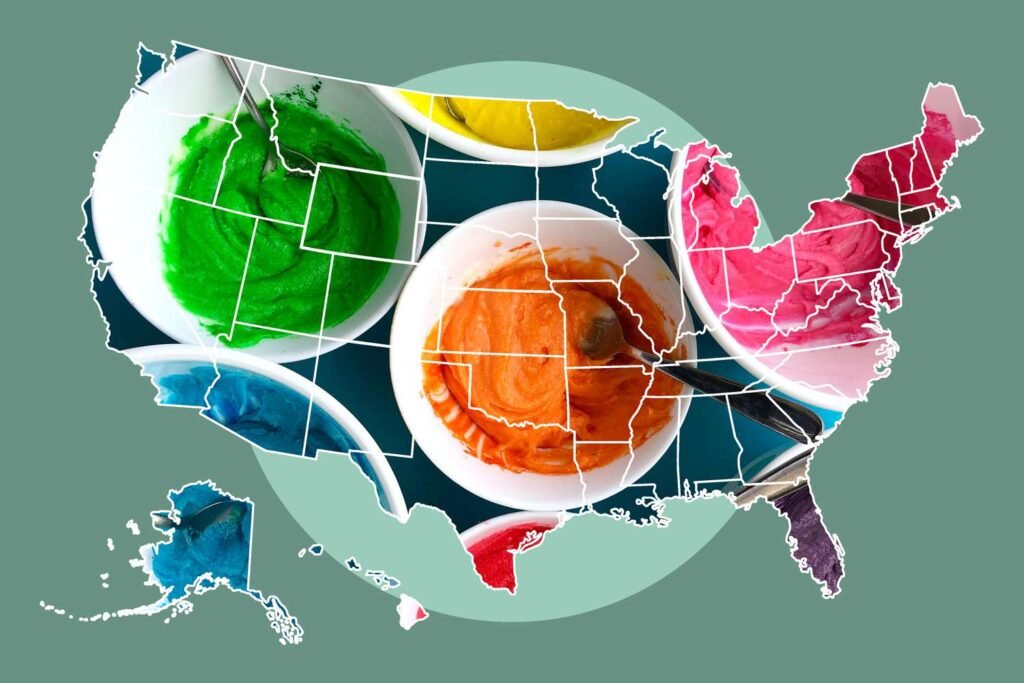President Donald Trump’s second term in office brought about significant changes to federal databases and health information, including the elimination of two crucial food safety groups. This has made it challenging for individuals to keep track of the evolving landscape of food laws across the nation. However, amidst these uncertainties, there is a valuable tool available for those keen on staying informed about potential changes in the food they consume: an interactive map that monitors food bills nationwide.
Iris Myers, the senior communications manager at the Environmental Working Group (EWG), highlighted the importance of monitoring the chemicals used in food products. She emphasized that while most chemicals are likely safe for consumption, some have been linked to severe health risks. To address this issue, more than 30 states have introduced bills aimed at banning specific chemicals due to the lack of federal action. In response to this growing concern, EWG developed an interactive map in 2024 to help individuals track the progress of state-level legislation and access vital information on these bills.
The interactive map provides users with a comprehensive view of the current status of various bills related to food safety and chemical regulation. It displays data in graph and list views, offering ease of reference for consumers. The map is regularly updated to ensure that individuals have access to the most recent information regarding food bills across the nation.
Presently, the tracker features 40 active bills, including New York’s Senate Bill S1239A, known as the “Food Safety and Chemical Disclosure Act,” which aims to restrict certain food and color additives. Similarly, Oklahoma’s Senate Bill 4 seeks to prohibit the use of specific substances in food products, with a focus on chemicals like red dye 40, brominated vegetable oil, and aspartame.
Many of the bills target the same chemicals, such as red dye 40, titanium dioxide, brominated vegetable oil, and PFAS chemicals. Myers emphasized the importance of state-level measures to protect consumers from toxic food chemicals until the FDA takes definitive action. In the meantime, consumers are encouraged to consult EWG’s Food Scores database to identify products that do not contain harmful additives or opt for certified organic products whenever possible.
In conclusion, the EWG’s food bill tracker serves as a valuable resource for individuals seeking to stay informed about food legislation in their state. By monitoring the progress of these bills, consumers can make informed decisions about the food they consume and take steps to protect their health and well-being. Visit ewg.maps.arcgis.com to explore the complete list of bills and stay updated on the latest developments in food legislation.


